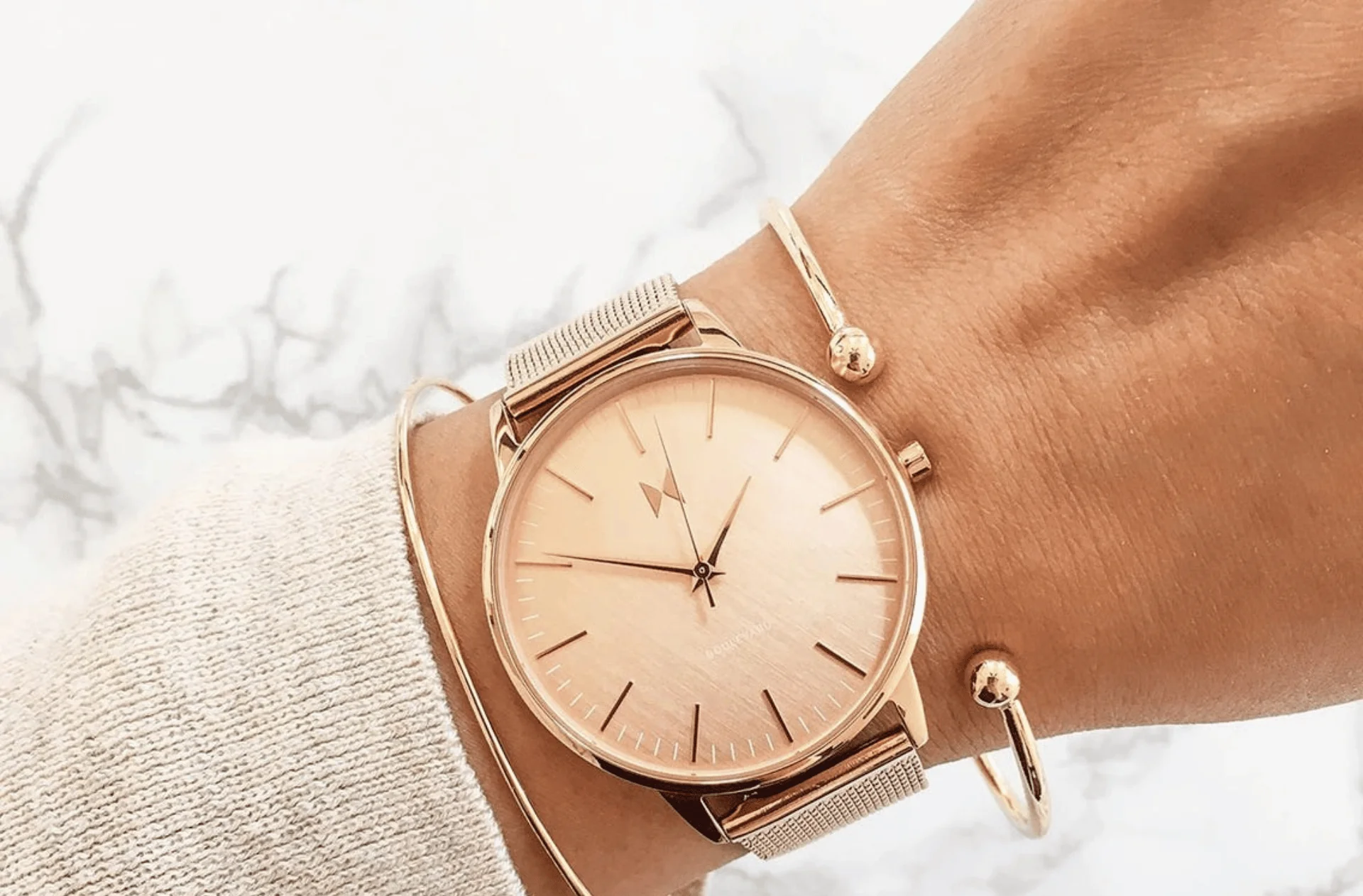The Evolution of Watch Design: From Classic to Contemporary
Watch design has seen a remarkable transformation over the centuries, evolving from intricate classical timepieces to sleek contemporary models. This evolution reflects changes in technology, fashion, and cultural trends, showcasing how the art of watchmaking adapts to the times. Here’s a journey through the evolution of watch design, highlighting key developments from classic to contemporary styles.
1. Classic Timepieces: Elegance and Craftsmanship
- Early Designs: Classic watches, emerging in the 16th and 17th centuries, were often pocket watches with intricate craftsmanship. These early timepieces featured ornate designs, often with engraved cases and detailed dials.
- Key Features:
- Manual Movements: Powered by winding mechanisms, these watches showcased the skill of early watchmakers.
- Decorative Elements: Classic watches often included decorative elements such as enamel dials, gold cases, and elaborate patterns.
- Precision and Craftsmanship: The emphasis was on meticulous craftsmanship and aesthetic beauty, reflecting the status and personal taste of the wearer.
2. The Rise of Wristwatches: Practical and Stylish
- Transition to Wristwatches: The early 20th century saw the shift from pocket watches to wristwatches, driven by practicality and innovation. Wristwatches became popular during World War I for their convenience and ease of use.
- Key Features:
- Durable Designs: Early wristwatches were designed to be durable and functional, often with simpler, more robust cases.
- Increased Precision: Innovations in movement technology allowed for greater accuracy and reliability in wristwatches.
- Stylish Variations: The design of wristwatches diversified, with options ranging from sleek and minimalist to ornate and decorative.
3. Mid-Century Modern: Innovation and Style
- The 1950s and 1960s: This era introduced new design elements and materials, reflecting the optimism and technological advancements of the post-war period.
- Key Features:
- Diverse Styles: Mid-century watches featured a variety of styles, including sleek, minimalist designs and bold, innovative aesthetics.
- New Materials: The use of stainless steel, synthetic materials, and advancements in glass technology became prominent.
- Iconic Models: The introduction of iconic models like the Rolex Submariner and Omega Speedmaster set new standards for both design and functionality.
4. The Quartz Revolution: Precision and Accessibility
- 1970s Innovation: The introduction of quartz technology revolutionized watch design, offering unparalleled accuracy and affordability.
- Key Features:
- Digital Displays: Quartz watches often featured digital displays, providing a modern and futuristic look.
- Affordability and Accessibility: Quartz technology made watches more affordable, leading to a surge in popularity and accessibility for a wider audience.
- Innovative Designs: The era saw the emergence of bold, experimental designs, often incorporating bright colors and unconventional shapes.
5. Contemporary Designs: Technology Meets Aesthetics
- Modern Era: Today’s watch designs blend traditional craftsmanship with modern technology, resulting in diverse and innovative styles.
- Key Features:
- Smartwatches: Combining traditional timekeeping with advanced features such as connectivity, fitness tracking, and customizable displays.
- Hybrid Watches: Integrating mechanical and digital elements to offer a blend of classic aesthetics and modern functionality.
- Sustainable Materials: Increasing use of eco-friendly materials and sustainable practices in watchmaking.
6. Future Trends: The Next Frontier in Watch Design
- Emerging Technologies: Future designs are likely to incorporate advances in technology, such as enhanced sensors, AI integration, and further developments in smartwatches.
- Customization and Personalization: The trend towards personalized and customizable watches will continue, allowing wearers to express their individual style and preferences.
- Innovative Materials: The use of new materials, such as advanced ceramics and recycled components, will play a significant role in future watch designs.
Final Thoughts
The evolution of watch design from classic to contemporary showcases the rich history and ongoing innovation in the world of horology. Each era has contributed to the art of watchmaking, reflecting changes in technology, fashion, and cultural trends. As we look to the future, the fusion of traditional craftsmanship with cutting-edge technology promises to continue shaping the dynamic landscape of watch design.



